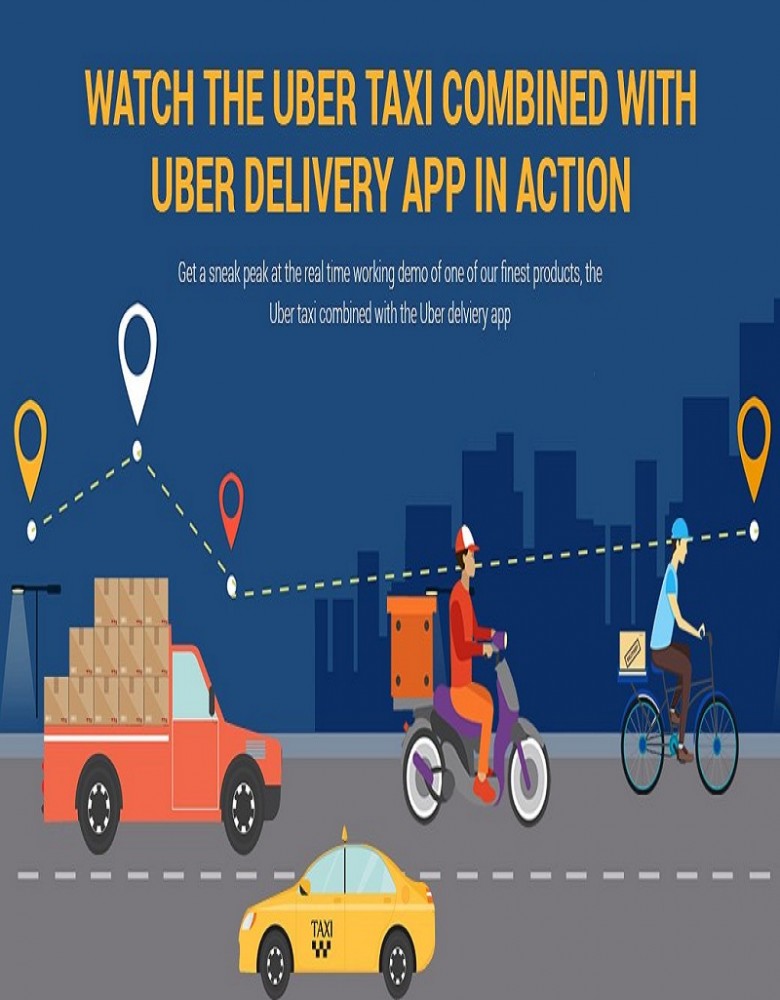Navigating Sea Freight Benefits, Processes, and Challenges
Explore the world of sea freight, its benefits, processes, and challenges, and how it helps businesses ship goods globally in an efficient, cost-effective way.

Sea freight is one of the most cost-effective and reliable methods of transporting goods internationally. With over 80% of global trade being carried by sea, this mode of transportation plays a critical role in keeping the world’s economy moving. Whether it’s bulk commodities, consumer goods, or industrial equipment, sea freight ensures that products reach their destinations efficiently and affordably.
In this blog, we will dive into what sea freight is, its benefits, the process involved, and the various types of services available for businesses looking to ship goods via sea.
What is Sea Freight?
Sea freight, also known as ocean freight, refers to the transportation of goods by sea using cargo ships. It’s the most commonly used method for moving large quantities of goods across long distances, particularly when the cost of transportation is a priority. Shipping via sea can involve different types of vessels, including container ships, bulk carriers, tankers, and roll-on/roll-off (RoRo) vessels.
The key to the efficiency of sea freight is the ability to transport large volumes of goods in one shipment. It’s particularly suited for bulky, heavy, and non-urgent items.
Why Choose Sea Freight?
Sea freight offers several advantages, especially for businesses dealing with international trade. Here are some of the key reasons why it’s a preferred method of transportation:
1. Cost-Effectiveness
Sea freight is often the most cost-effective method of shipping large quantities of goods over long distances. Unlike air freight, which is faster but more expensive, sea freight is ideal for companies looking to move heavy or bulky items while minimizing shipping costs.
2. Large Capacity
Cargo ships are capable of carrying vast quantities of goods in one voyage. Containers can hold a variety of products, from consumer goods to raw materials. This makes sea freight ideal for businesses that need to transport large volumes of goods at once.
3. Global Reach
Sea freight offers access to almost every country around the world, as most nations have port facilities. This makes it a highly versatile and reliable mode of transport for global shipping.
4. Environmentally Friendly
Shipping by sea has a relatively lower carbon footprint compared to other modes of transportation, such as air freight or road transport. For businesses looking to reduce their environmental impact, sea freight is an eco-friendly option.
5. Security and Reliability
Sea freight is generally a safe and reliable method of shipping. While weather conditions can sometimes cause delays, the shipping industry has highly structured systems in place to manage the movement of goods and minimize risks.
Types of Sea Freight Services
There are two main types of sea freight services: Full Container Load (FCL) and Less than Container Load (LCL). Each service offers different benefits depending on the size and volume of the shipment.
1. Full Container Load (FCL)
FCL refers to a shipment where the entire container is filled with goods from one customer. This means that the customer pays for the entire container’s space, regardless of whether it is fully filled or not. FCL is typically ideal for large shipments as it is more economical when shipping a high volume of goods.
- Benefits of FCL:
- Faster transit times as there are fewer handling processes.
- Higher security because the goods are not mixed with other cargo.
- More control over the timing and scheduling of shipments.
2. Less than Container Load (LCL)
LCL is a service where goods from multiple customers are consolidated into one shared container. This option is suitable for businesses that do not have enough cargo to fill a full container. With LCL, customers pay for only the space their goods occupy in the container, making it a cost-effective option for smaller shipments.
- Benefits of LCL:
- Ideal for businesses with small to medium-sized shipments.
- More flexible in terms of shipment frequency, as you can send smaller quantities.
- Lower shipping costs due to shared container space.
The Sea Freight Shipping Process
The process of shipping goods via sea freight involves several stages. Understanding these steps can help businesses plan their shipments and avoid potential delays or issues:
1. Booking the Shipment
The first step in the sea freight process is booking the shipment with a freight forwarder or shipping company. This involves providing the necessary details, such as the type of goods being shipped, the destination, the weight, and the preferred shipping method (FCL or LCL).
2. Cargo Pickup and Packaging
Once the booking is confirmed, the next step is to get the goods ready for shipment. This includes ensuring the products are properly packed and labeled. Proper packaging is essential for protecting goods during transit and ensuring they arrive at their destination in good condition.
3. Transport to the Port
After packaging, the goods are transported to the nearest port by land or rail. At the port, the cargo is checked, and customs documentation is processed. Any fees associated with the shipment, such as port charges and customs duties, will also be handled during this stage.
4. Loading and Shipping
Once cleared, the cargo is loaded onto the appropriate vessel. Depending on the type of cargo, this can either be done manually or by using cranes and other loading equipment. The goods are then shipped to the destination port. During transit, the shipping company will provide tracking information so the customer can monitor the progress of the shipment.
5. Arrival at Destination Port
Once the ship arrives at the destination port, the cargo is offloaded and moved through customs. Import duties, taxes, and any required paperwork are handled by the consignee or their customs broker.
6. Final Delivery
After the cargo clears customs, it is transported from the port to the final destination. This can be done via truck, rail, or other modes of transport. In the case of LCL shipments, goods may need to be unloaded and consolidated before being sent to the final address.
Challenges in Sea Freight
While sea freight is highly efficient, there are a few challenges that businesses need to be aware of:
1. Transit Time
Sea freight can take longer than air or road transport, especially when shipping goods across long distances. It’s important to plan ahead and account for any potential delays caused by weather conditions, port congestion, or customs procedures.
2. Limited Flexibility
Sea freight is generally not as flexible as air freight in terms of delivery schedules. The availability of vessels and the timing of shipments are often predetermined, which may not always align with urgent shipping needs.
3. Risk of Damage
Though shipping by sea is generally safe, cargo can sometimes be exposed to the risk of damage, especially when shipping large volumes of goods or sensitive items. It’s crucial to ensure goods are properly packaged and insured to protect against potential losses.
Conclusion
Sea freight is an essential component of global trade, offering an affordable, reliable, and eco-friendly way to ship goods across long distances. Whether you are shipping large quantities of goods via Full Container Load (FCL) or smaller amounts using Less than Container Load (LCL), sea freight can help businesses reduce transportation costs and ensure that products reach their destination efficiently.
Although the process can take time and involve certain challenges, its benefits, including cost-effectiveness and global reach, make sea freight an indispensable part of the supply chain. Understanding the shipping process, choosing the right service, and partnering with a trusted freight forwarder can help businesses navigate the world of sea freight with confidence.
What's Your Reaction?




















